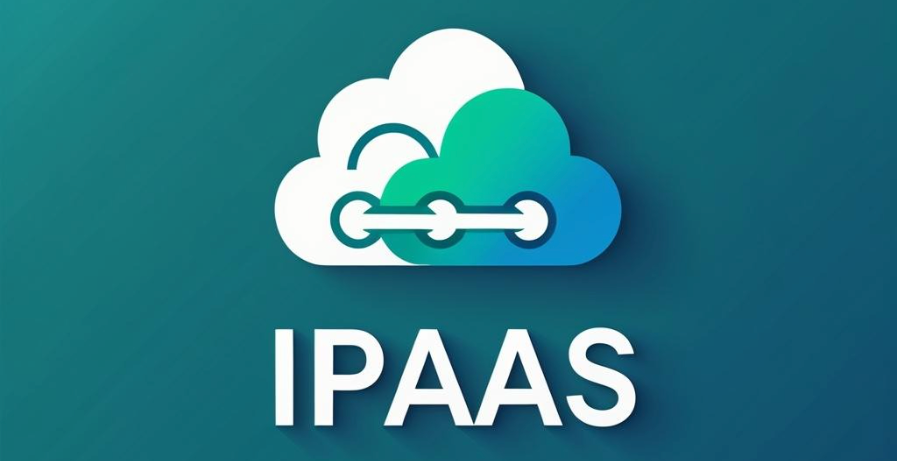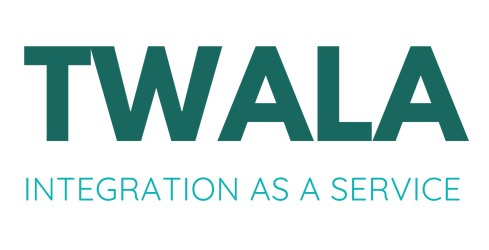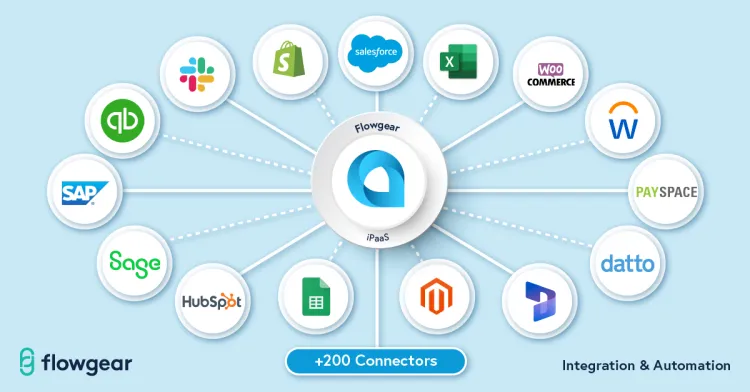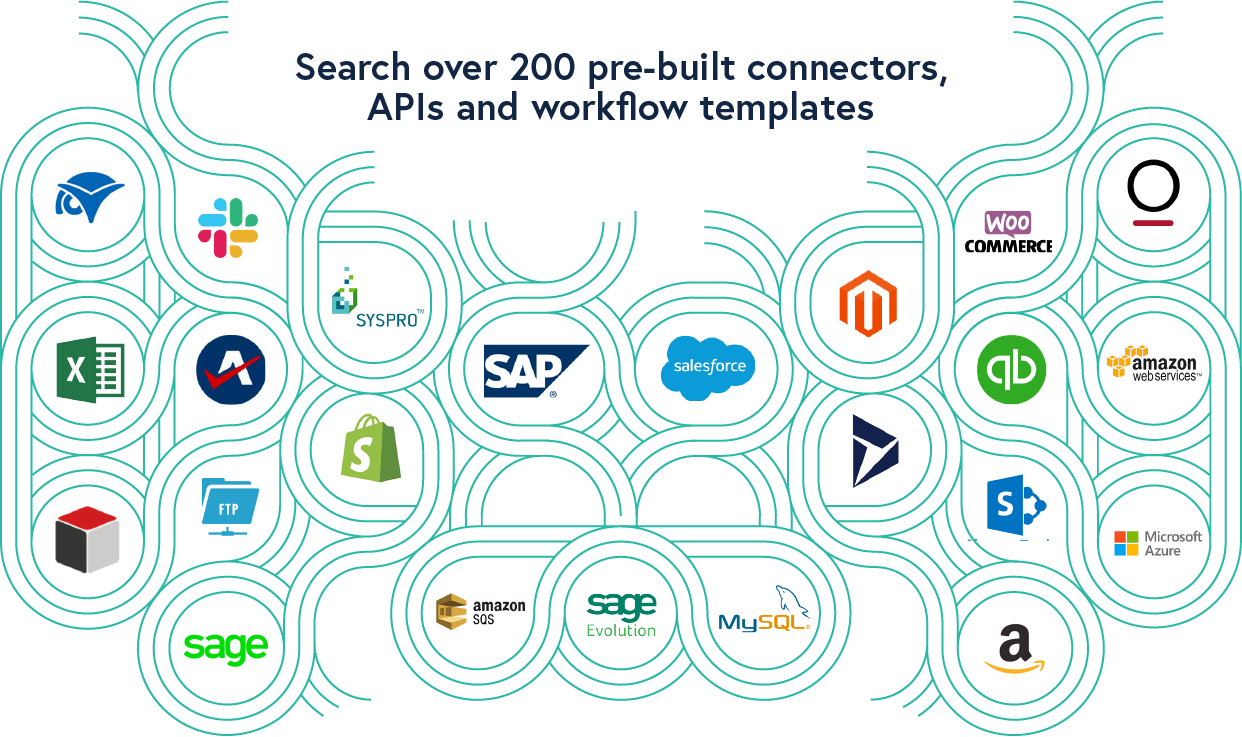IPAAS - the basics

Yes use one! We have our preferred list however we are fluent with most. Check out our preferred IPAAS solutions and why.
iPaaS stands for Integration Platform as a Service. It's a cloud-based solution that connects different software applications, data, and services—whether they're on-premise or in the cloud.
In simple terms:
iPaaS acts like a bridge between your business tools, allowing them to talk to each other and share data automatically, without manual effort or complex custom coding.
Key Features of iPaaS:
- Pre-built connectors: Quickly link apps like Salesforce, SAP, HubSpot, databases, APIs, etc.
- Workflow automation: Create rules and logic to move and transform data between systems.
- Real-time data sync: Ensure systems are always up to date and aligned.
- Scalability: Handle integrations across departments, systems, or even across organizations.
- Monitoring and management: Dashboard to track integration health, logs, and performance.
Example:
Imagine a company uses Shopify for e-commerce, NetSuite for finance, and Mailchimp for marketing. iPaaS can automatically sync order data from Shopify to NetSuite and trigger customer emails in Mailchimp—all without human intervention.
iPaaS vs. Traditional Integration:
| Feature | iPaaS | Traditional Integration |
|---|---|---|
| Setup | Cloud-based | Often on-premise |
| Cost | Subscription-based | High upfront development cost |
| Maintenance | Vendor-managed | Requires internal IT support |
| Flexibility | High | Often rigid or system-specific |
Why Businesses Use iPaaS:
- Reduces manual work and errors
- Speeds up digital transformation
- Connects legacy and modern systems
- Enables real-time decision-making
If you're using or considering Twala, you can think of it as offering iPaaS with a human touch—fully managed and tailored to your business without the typical complexity or capital cost. Enhancing or building your tech stack with what's needed for the ideal integration for you.



